10 Easy Ways Parents Can Reduce Textile Waste at Home
May 02 2025 – Lottie & Lysh

Why Reducing Textile Waste at Home Really Matters for Families
Let’s be honest. Kids go through clothes fast. Between growth spurts, playtime adventures, and mysterious stains that seem to appear out of nowhere, it can feel like there’s a never-ending pile of outgrown outfits and odd socks just waiting to be dealt with.
But the truth is, all those tiny clothes add up. In the UK alone, millions of garments are thrown away every year. And when most baby and children’s clothes are made with synthetic fibres or treated with chemicals, they don’t just vanish when we bin them. They stick around.
The good news? With just a few small changes, we can make a difference. Here are ten easy, manageable things you can do at home to help reduce textile waste - and feel good about the choices you’re making.
1. Buy Less, Choose Well
We’re not saying don’t shop. Of course not. But buying intentionally can make a real difference. Look for pieces that are designed to last, made from durable fabrics, and cut in ways that give room to grow. Our Bonnie Bunny Jackets, for example, are made with turn-down cuffs and a longer line fit. That means they can last through multiple sizes, not just one season.
If you buy better in the beginning, you won’t need to replace things quite so quickly.
2. Shop the Sale (Yes, Really)
It might seem strange to suggest shopping as a way to reduce waste, but hear us out. When you buy from the sale section of an ethical brand, you’re often giving a second life to stock that’s already been made. At Lottie & Lysh, our sale items aren’t flawed or lesser in quality - they’re simply end-of-line, limited edition, or pieces we’ve made extras of.
By choosing these items, you help us avoid overproduction and ensure nothing goes to waste. It’s a win-win.

3. Pass Clothes Down (And Sideways)
Whether it’s siblings, cousins, or close friends, hand-me-downs are still one of the best ways to reduce clothing waste. If something’s made well, it’ll last.
We design all our children’s clothing to be worn again and again - soft but strong jersey fabrics, reinforced seams, no scratchy tags. Basically, stuff you can wash a million times and it still holds up.
To shop pre-loved L&L and do your bit for the planet be sure to check out our Facebook Members Group or Vinted for L&L bargains!
4. Learn Simple Repairs
You don’t need to be a master sewer. A basic stitch, an iron-on patch, or even a bit of creative embroidery can give a stained or worn piece new life. Small holes in leggings? Add a star. Knee gone thin? Sew on a heart.
There are lots of great free tutorials online. Check out LoveCrafts or The Repair Cafe Network.
5. Get Creative With Offcuts
This one’s close to our hearts. We save every scrap of fabric from our production process and turn it into either scrap packs or free gifts headbands, bows, or little surprise items tucked in with your order. It’s our way of honouring every inch of the material we use.
At home, you can do the same. Leftover fabric from old clothes can become doll blankets, lavender sachets, cloth wipes, or craft bits. There’s no limit, really.

6. Donate With Intention
When you donate clothes, try to give them somewhere they’ll truly be used. Local baby banks, women's refuges, or charity shops that support families in need are often grateful for good-quality children’s clothes.
You could even organise a mini clothing swap in your local parenting group or nursery. It’s amazing how much people appreciate not having to buy another size 2-3 raincoat.

7. Choose Organic or Certified Fabrics
Even when clothes do wear out, fabrics that are certified organic or Oeko-Tex® standard are far gentler on the earth when they eventually break down. They also feel better on the skin, especially for children with eczema or sensitivities.
Every item we make at Lottie & Lysh uses carefully chosen fabrics with these certifications. Not just because it’s better for the planet, but because we believe your child deserves the good stuff.
8. Wash Less, Air More
Washing machines wear clothes out faster than you’d think. And most of the time, a quick air-out or spot clean does the trick. Fewer washes means less fibre shedding, longer life, and less microplastic pollution.
It’s such a simple shift, but it really adds up.

9. Upcycle or Rework Old Pieces
That romper with a stain on the front? Turn it into a summer tank. Leggings too short? Cut them into bike shorts. There’s something oddly satisfying about giving clothes a second chapter.
If you’re feeling brave, try your hand at transforming a few of your child’s worn favourites into keepsake items. A memory quilt, maybe. Or a soft toy made from their first hoodie.
10. Support Brands That Do Things Differently
Every purchase is a vote for the kind of world we want. When you support small, ethical brands that prioritise low-waste production, thoughtful design, and handmade quality, you help shift the entire industry.
So yes, this one’s a little personal. Because we’re trying hard every day to be that kind of brand. One that values people, planet, and purpose over mass production.
And every time you choose us - or someone like us - you’re helping build something better.
....
Thanks for reading. If you’ve found a tip here you’d like to try, or if you’ve got a textile waste-reduction hack of your own, we’d love to hear it.
Sharing this post helps others too. And who knows, maybe it’s the beginning of a little ripple.
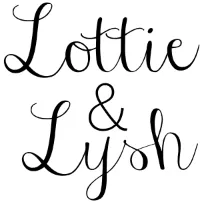
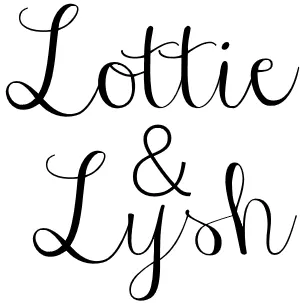
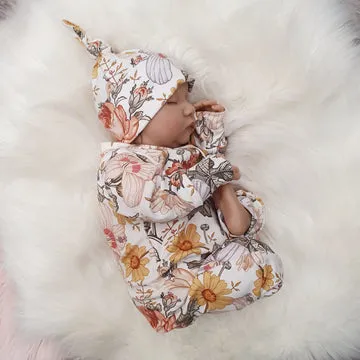
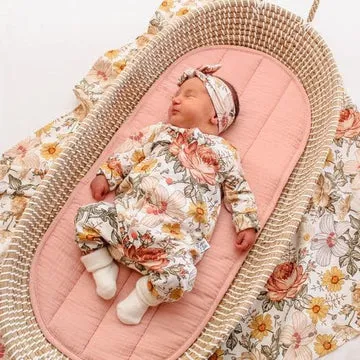
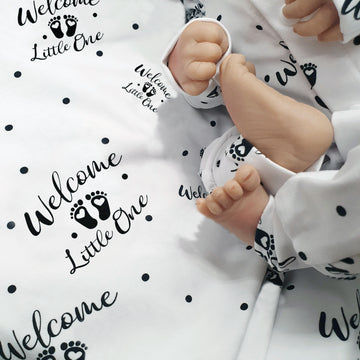

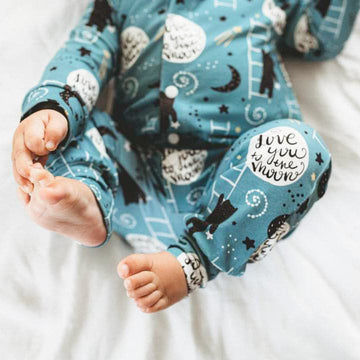
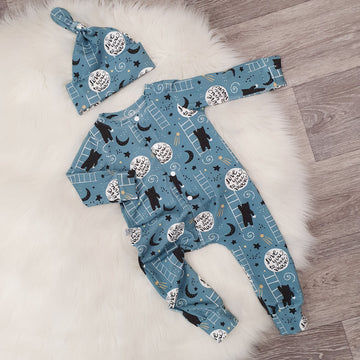
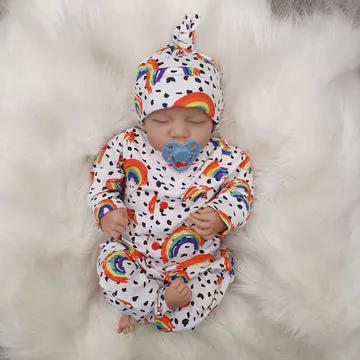
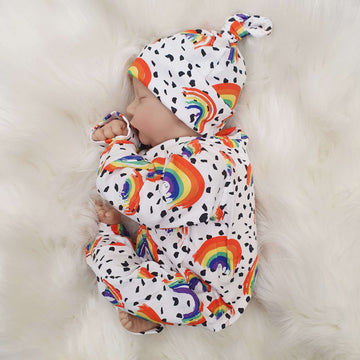
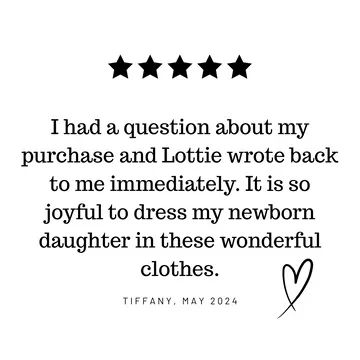
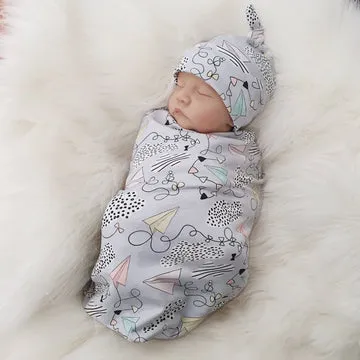
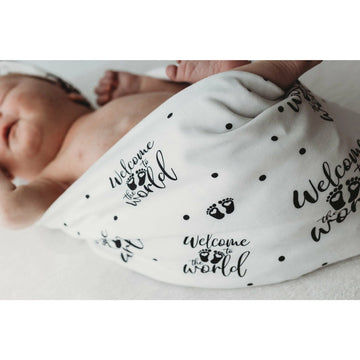
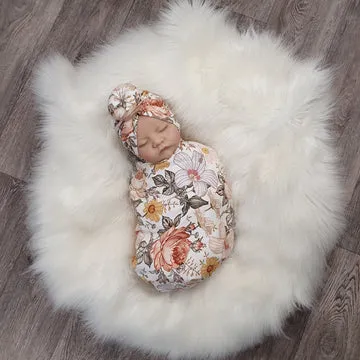
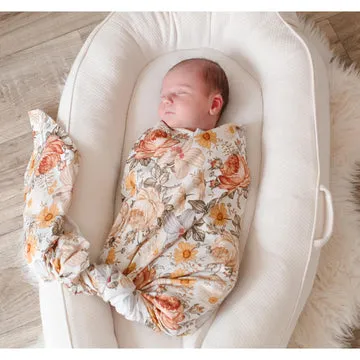
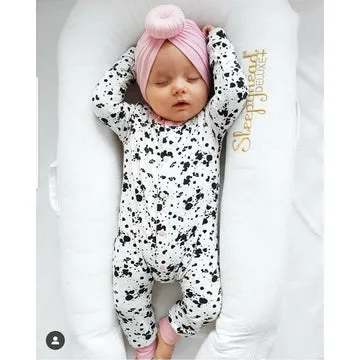

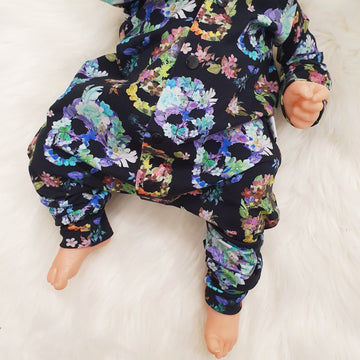

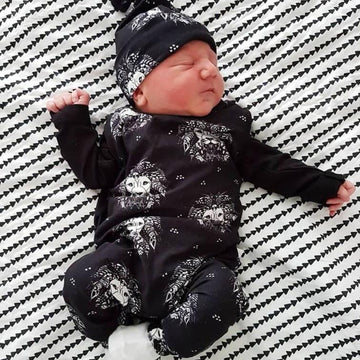
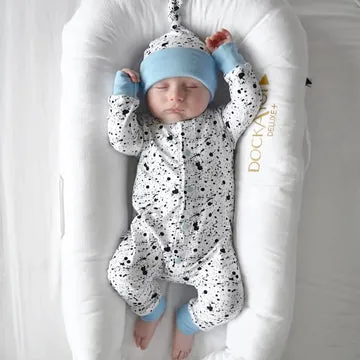
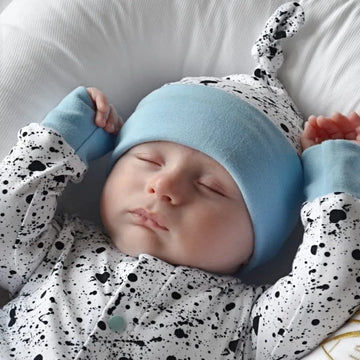
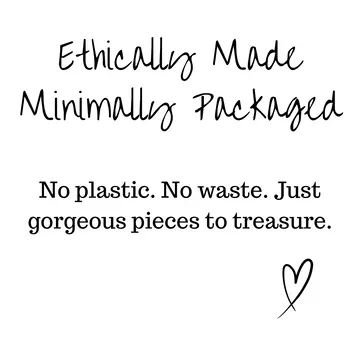
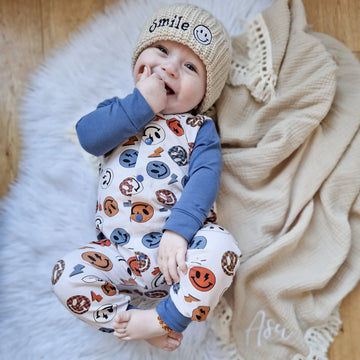
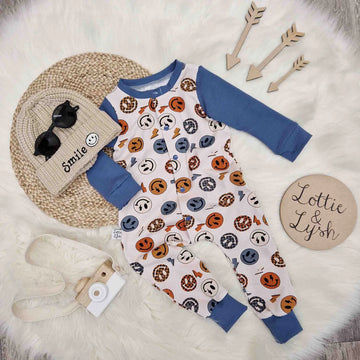
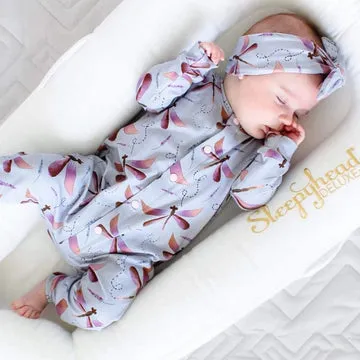

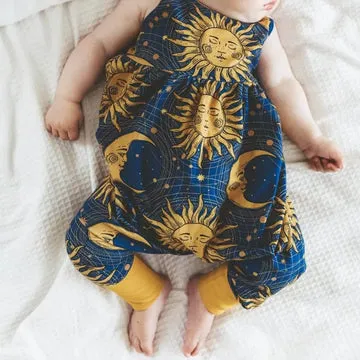
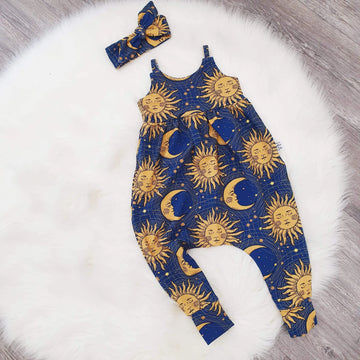
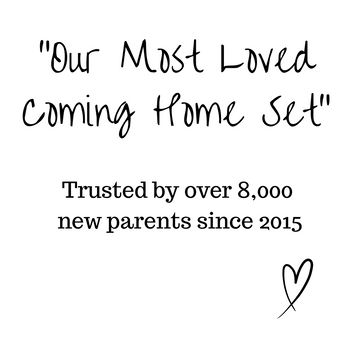

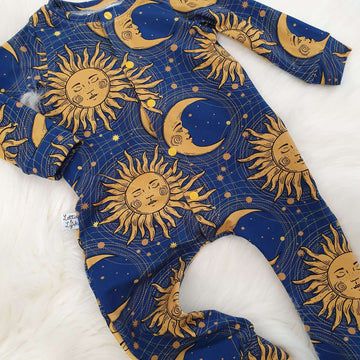
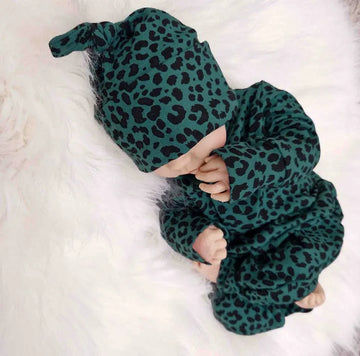
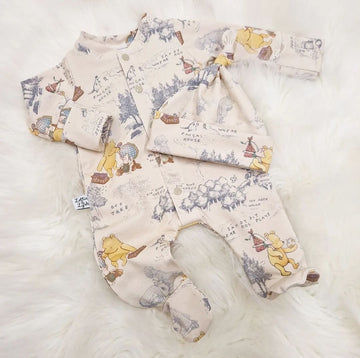
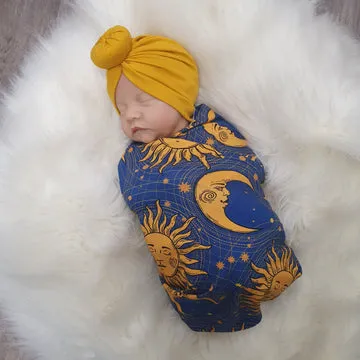

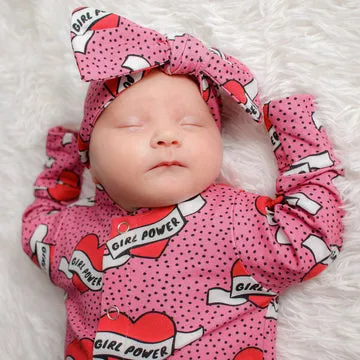
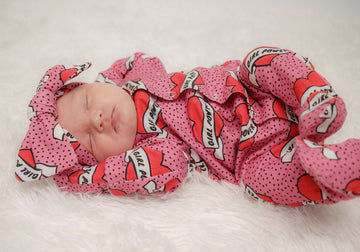
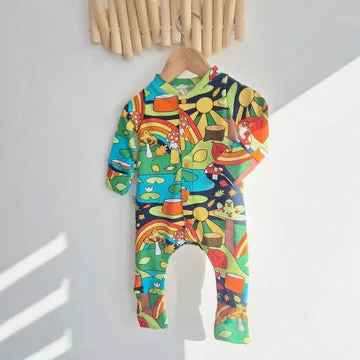
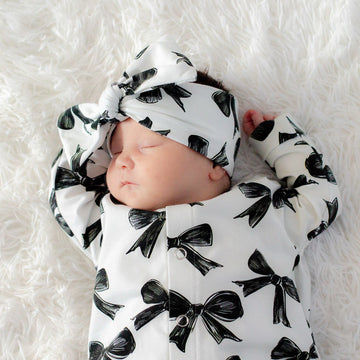
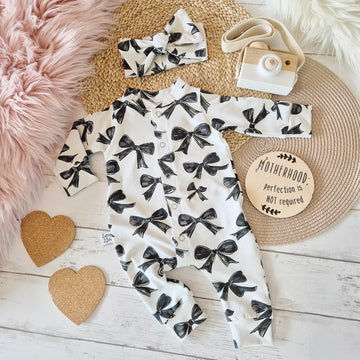
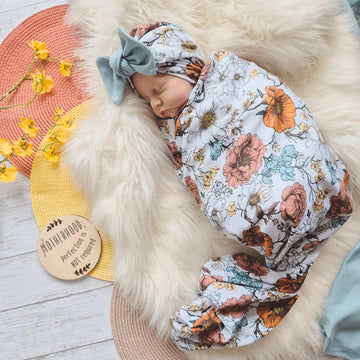
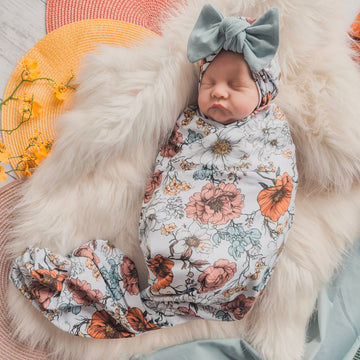



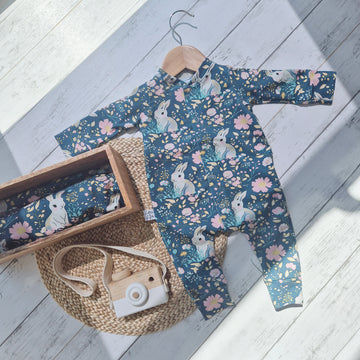
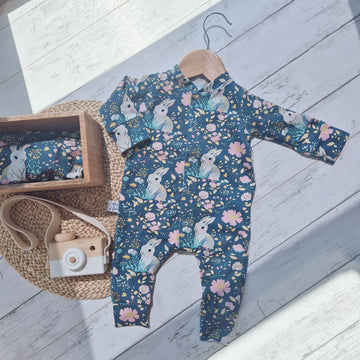
0 comments